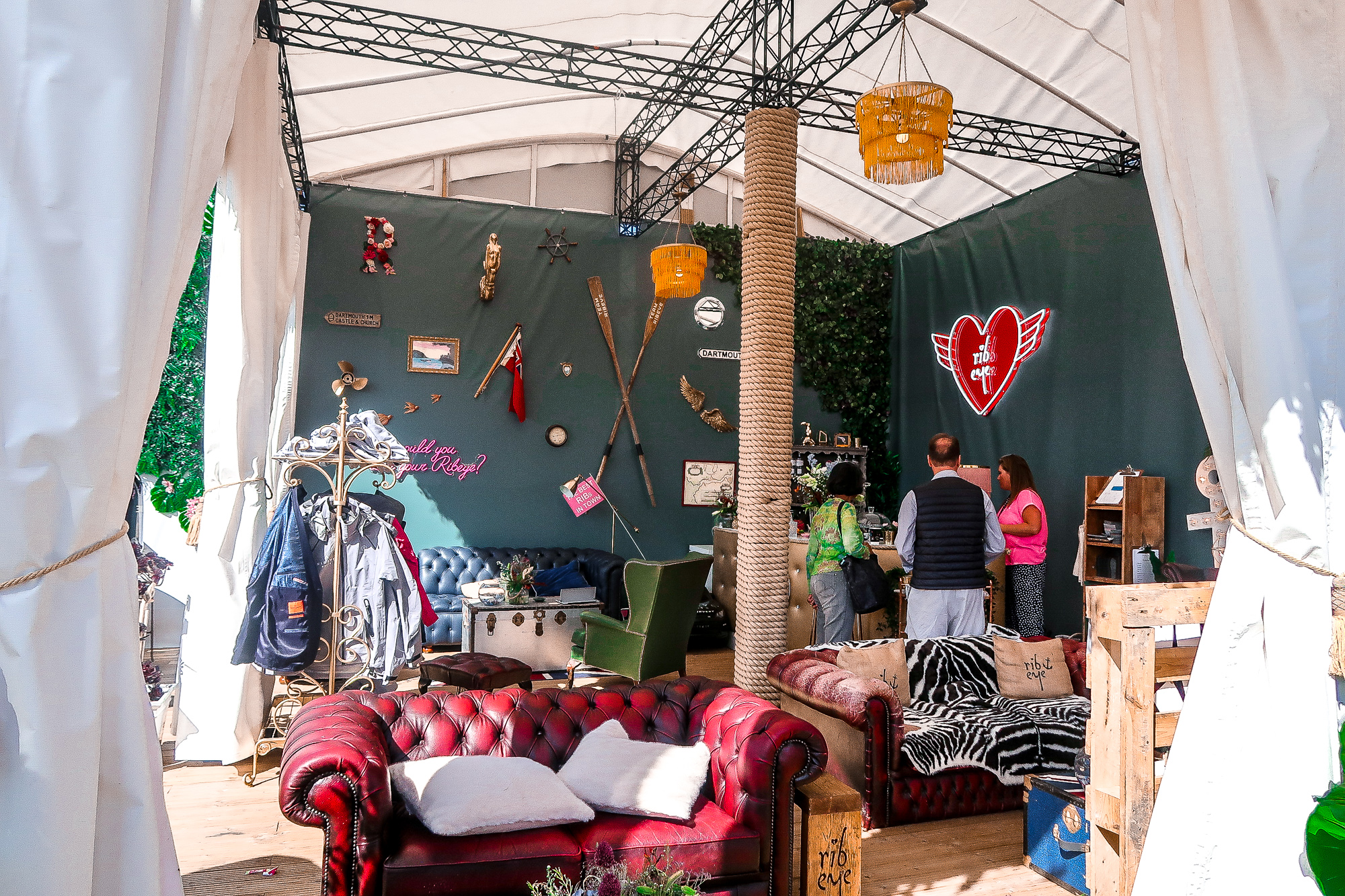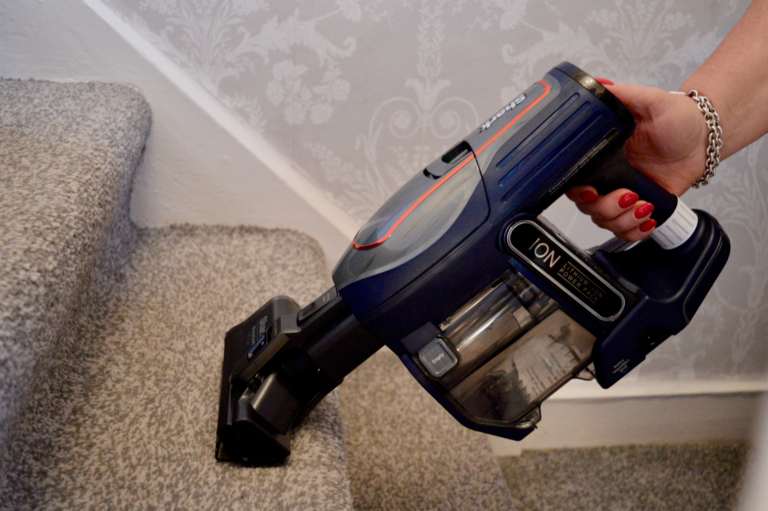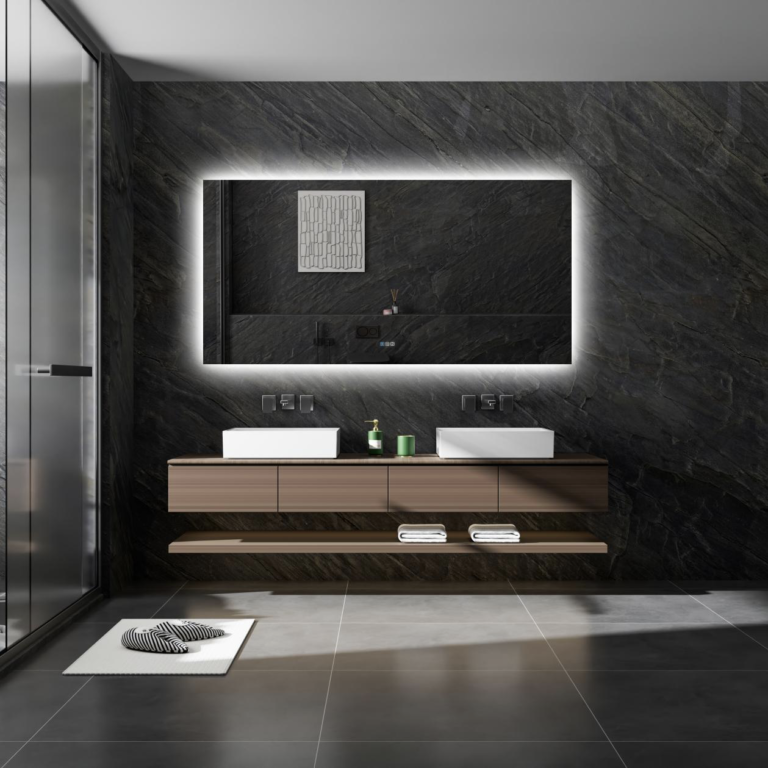7 Most Common Types of Lighting Controls and Which One is Best
Find out the different types of lighting controls and how they operate using IoT and PoE lighting systems
One of the biggest talking points regarding commercial lighting is saving energy. Due to constantly rising energy costs and a greater focus on environmental sustainability, more businesses than ever are searching for ways to save energy. Because of this, lighting controls have become some of the most popular devices being added to commercial buildings.
To bring you up to speed on how these lighting controls work and how they communicate with each other, we’re going to be touching on ethernet (PoE) lighting control and wireless lighting control. After that, we’ll go into the different types of lighting controls that are being used to help companies save money and minimize their environmental impact. Let’s get started!
7 Most Common Types of Lighting Controls and Which One is Best
How Do Advanced Lighting Controls Work?
Advanced controls either require PoE lighting or wireless IoT lighting to function properly
Lighting controls need to be connected to the fixtures either over WiFi or Ethernet.
Before we can start talking about the different types of lighting controls, it is important to address how these controls communicate. There are two types of lighting control systems that allow individual devices to communicate and optimize lighting for businesses. The first type of system we’re discussing is PoE lighting. PoE stands for Power over Ethernet and describes a lighting control system that relies on Ethernet cables for both power and information transfer.
Ethernet cables are perfect for this lighting task because they are able to provide both an internet connection and sufficient power to individual lighting fixtures. Ethernet cables are able to power lighting fixtures due to the fact that LED lights can operate at a low voltage that is well within their capability. Since LEDs are the industry standard for new lighting installations and renovations, PoE lighting is a perfect fit for any company looking for ways to save money on lighting costs.
The second form of a lighting control system is called IoT, which stands for Internet of Things. An Internet of Things relies on a wireless connection—as opposed to being hardwired using an ethernet cable. In order to establish a commercial IoT connection, a strong WiFi signal is required across the whole property. In some cases, businesses will need to upgrade their WiFi in order to handle the number of devices needed.
Since the connection is wireless, IoT devices require separate power sources. Most IoT devices can function simply by plugging into a wall—no professional installation is required. IoT devices are generally used for smaller buildings or for businesses that need to upgrade their lighting without needing to install new wiring. This type of wireless tech is especially useful in older buildings where installing new wiring would be either intrusive or destructive.
Why Do Businesses Use Lighting Controls?
Now that we know how these devices communicate, let’s take a look at how businesses can optimize lighting for all types of commercial buildings
Businesses are always looking for ways to save money on energy costs.
By introducing lighting controls into a commercial space that requires substantial lighting—like a shipping bay—businesses can save a significant amount of money on lighting costs. Lighting controls achieve this by only keeping lights on when necessary and automatically adjusting the brightness due to outside factors. Let’s take a look at a few lighting controls to give you a better idea of why they are so beneficial for commercial lighting across industries.
Dimmers
Using dimmers, operators can remotely control the brightness of different lighting fixtures
Control brightness and other lighting features using an automatic WiFi-equipped dimmer.
We’ll discuss the oldest and most widely used lighting technology—dimmers allow inhabitants to reduce lighting levels to the minimum required. Obviously, safety comes first when it comes to commercial lighting. But, in the case that a space is too bright, dimmers allow inhabitants to keep their lights in an ideal setting. While manual dimmers have been used for fluorescent and incandescent bulbs, digital dimmers are preferred for LED fixtures. By installing a digital dimmer, operators can adjust the brightness across the property all from a single smart device.
Timers
Easily automate lighting controls using pre-set timers
Automatic timers can be controlled from a single smart device.
Another way that companies can save money using lighting control is by implementing automatic timers. These timers are either plugged into an outlet or are operated wirelessly from a single point of control like a wall-mounted touchscreen device or smartphone. Using timers, businesses can ensure that lights are never accidentally on overnight or in rooms that no one is using. By preprogramming an automatic lighting timer to only keep lights on for spaces actively in use companies will save money over time.
Motion Sensors
Keep your property safe with motion sensors
Motion sensors are ideal for triggering security lights.
Another—more advanced way—to make sure that lights are only on when absolutely necessary is by using motion sensors. These are perfect for areas that only require illumination at night. For businesses, this means walkways and exterior lighting. During the daytime, sunlight provides ample light for these spaces. But, once the natural sunlight has passed a certain threshold, unlit areas can become dangerous. That’s why motion sensors are perfect for areas that require extra lighting at night—they only provide lighting when absolutely necessary.
Occupancy Sensors
Avoid wasting money on excess lighting by installing occupancy sensors in spaces like conference rooms and restrooms
With occupancy sensors, no one has to worry about turning lights on or off.
Much like motion sensors, occupancy sensors help businesses make sure that areas that require additional lighting are only lit when in use. However, occupancy sensors are used in indoor applications, rather than outdoors. For example, if a conference room has limited natural light, you can install an occupancy sensor to make sure that the lights are turned the second someone enters a room. Then, once every person has left the room, the lights automatically turn off.
Photosensors
Ensure lighting is optimized at all times by using photo sensors to control inside and outside lights
Use photo sensors for ideal nighttime lighting.
For indoor and outdoor applications, photosensors are powerful lighting controls that can help optimize operations and save money. In outdoor applications, photosensors can be installed around a parking lot so that the lights turn on once the sun begins to set—no matter what time of the year. This creates safe, well-lit spaces for employees and prevents high-powered parking lot lights from operating all day long.
Photosensors are also perfect for indoor areas that receive a lot of natural light. As the natural light changes depending on the weather or time of day, the indoor lighting changes automatically to perfectly complement the outdoor light. This not only saves money as the lights adjust, but it also helps with employee productivity. Lighting affects our whole lives, but it especially affects our mood and circadian rhythm. By installing photo sensor lighting controls, you can create optimal lighting environments that increase employee productivity.
Lighting controls should be high-priority for any large-scale company looking to save money and reach its sustainability goals. Lighting control systems are fairly easy to install and are minimally invasive to current operations. Depending on your property, you may opt to choose PoE lighting over IoT lighting or vice versa. Ultimately, the more control you have over commercial lighting, the more efficiently your business will run.














